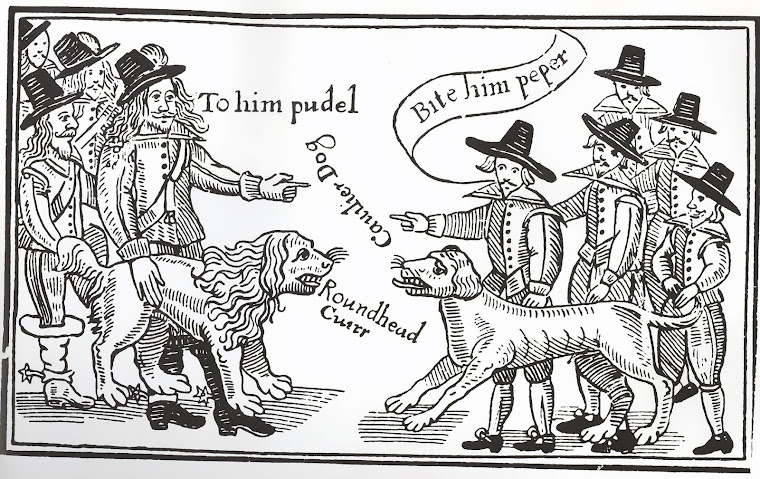Epic v. Kallistra Comparison
Was able to quickly sell off all my 6mm ACW figures - I had to, they were just too small to see or deal with for me! After struggling with various optical enhancements:
I gave up and eventually listed them on Fb where I was pleased to find someone who was glad to have them.
Still, the ACW is near and dear - and I like it at the regiment / battalion level. I wanted a look that gave the impression of a long line with lots of Soldiers, but was larger than 6mm. I was very interested in Old Glory 15s, which look perfectly animated for this period. I also closely looked at Old Glory 10mm, which appeared to be quick to paint up and yet still look right despite the blocks.
A gaming pal told me about the new Warlord Epic scale [somewhere around 13mm or True 15mm, or...something], I did some research and found the starter box at a discounter for... $108.00, so it was a no-brainer! Also, the plastics snap into bases and I can playtest while I am painting, which was a big bonus. I quickly bought it!
But, I'm picky about a lot of things I like on the table, so I just had to expand the offerings with Kallistra's "12mm / 1:144" figures from here [CLICK]. They appeared to match up well to the uncertain scale of Warlord Epic. This allowed me to get skirmishers, cavalry, more gun variety, limbers, wagons, etc. Things I needed for both game mechanics and appearance.
Box arrives - couldn't resist spending a few bucks on flag sheets, they are just too useful! Amazingly, the simple packing survived altho just barely. They should up their game in this respect!
Above, the Kallistra wheels are the right type [16-spoke] and only *slightly* smaller. The gun is the same 12 pound Napoleon, and the barrel is definitely smaller while the carriage is a bit smaller and more slender and otherwise close. Once painted, I'll see which guns will stand in for what types.
Below, closeup of the Artillery. The plastics are very cleanly sculpted and executed, the Kallistra have more texture and wrinkles in the uniform cloth. This may differentiate them more from Epic to the eye than any size issue.
Another shot - you can see that the Epic are almost as big as the 15mm fig, definitely between the Kallistra 12mm / 1:144 and the Rank and File 15mm.
Below, how does Kallistra compare to Kallistra? Certainly, the height is right - the cavalry are significantly taller. My thought is that the horse is a bit short and doesn't have quite as much bulk. I'm fine with this as they are more likely to be pony nags than cuirassier steeds in real life! The Army was notorious for inconsistent horse purchasing. Ultimately, they are intended to mostly serve as mounted infantry, so as long as the horse can keep up the pace, it is good enough.
Same comparison with Epic in between. The stands are not quite right, the Epic is a bit heightened by 1-2mm thanks to the stand v. the cast base of the Kallistra.
This is a better shot - all cast/molded bases are about equal. The Epic has less bulk [and less gear] than the Union infantryman, but both are close in height and obviously shorter than the Union cavalryman.
Overall, I am very happy with the project. Altho the Kallistra set me back $315, the Epic "cast of thousands] provides a crazy number of 60mm stands, 120 to be exact! In my world, that translates to about 40 units! The Kallistra flesh things out just a bit with infantry [Zouaves, Heavy Artillery infantry unit] some gun variety, and most important, the full cavalry option [mounted, dismounted with skirmishers] and skirmishers in general.
This is a better shot - all cast/molded bases are about equal. The Epic has less bulk [and less gear] than the Union infantryman, but both are close in height and obviously shorter than the Union cavalryman.
Overall, I am very happy with the project. Altho the Kallistra set me back $315, the Epic "cast of thousands] provides a crazy number of 60mm stands, 120 to be exact! In my world, that translates to about 40 units! The Kallistra flesh things out just a bit with infantry [Zouaves, Heavy Artillery infantry unit] some gun variety, and most important, the full cavalry option [mounted, dismounted with skirmishers] and skirmishers in general.
The big question now is how will they paint up? My goal with 10mm is that it be a lot faster than 15 or 25mm painting, and obviously less expensive, while still obtaining the look I want on the table.
I'm hoping this is correct, we'll just have to see!










































